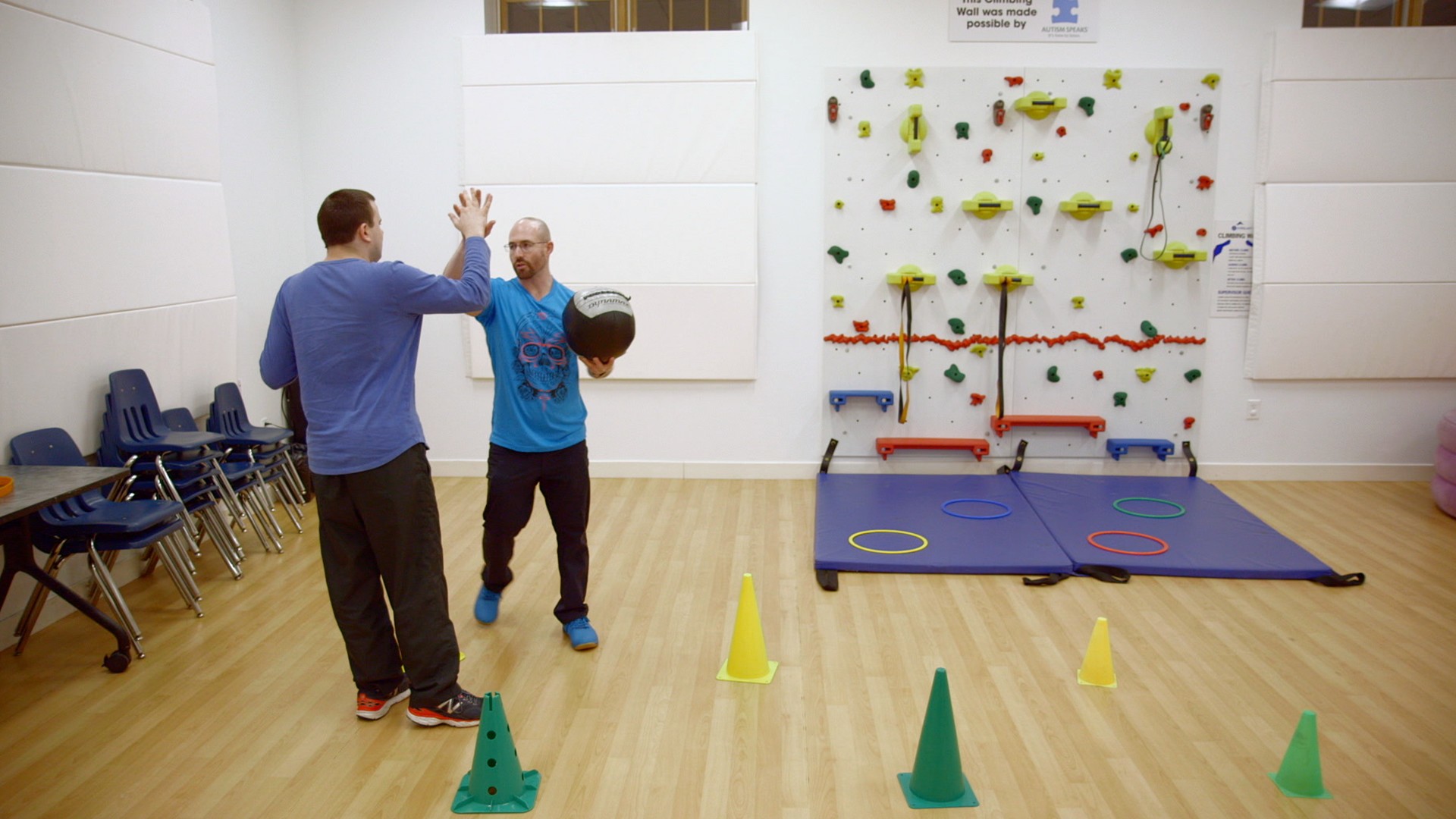David Ramos/Ian MacNicol/Getty Images
The 2018 Winter Olympics routinely provide jaw-dropping feats of athleticism. Winter Olympians train all year, every year with some of the most rigorous, cutting-edge programming on Earth.It’s hard to pick the most outstanding sport, but it might be fair to say that freestyle skiing—the category for aerial, half-pipe, and slopestyle skiing, which emphasizes acrobatic tricks and jumps—is one of the most visually striking. And when we interviewed Bret Kelly, the freestyle strength and conditioning coach for the US ski team, we were a little surprised to learn that deadlifts and Olympic weightlifting are important parts of their training (but perhaps we shouldn’t have been).
More from Tonic:
Deadlifts are also a must for reducing pain associated with hard landings, as they build posterior chain strength and resilience.“People use Olympic lifting to produce force upward, but I’m concerned a lot about landing,” Kelly says. “I like cleans and hang cleans where athletes have to land with weight and come back out of the hole.”He concedes that you can hone this area of fitness in different ways and that he sometimes has his trainees perform clean pulls or trap bar exercises if they have trouble catching the bar. But Kelly, a certified USA Weightlifting Level 1 Coach, has always preferred Olympic lifting for sports performance—even when he used to coach the Chicago White Sox.Reps are usually between two and five and volume increases significantly during the off season, when the focus is a little more on strength and less on technique. Learning to absorb and create explosive force also takes the form—of course—of plenty of plyometric exercises. This includes increasingly acrobatic variations of box jumps, depth jumps, and mid-air tricks and spins, which the athlete will sometimes perform while attached to a slack line.Believe it or not, hypertrophy is also an important part of training as a freestyle skier. Why? Because you need armor for those falls.“Athletes are inevitably going to take spills and pretty heavy ones at that, so we do a lot of upper body work to build up armor,” Kelly says. “When you’re forty feet in the air and you crash, you don’t know where your arms are going to be when you land so I just try to build up the muscle as much as possible.” It’s usually best to perform exercises on your feet when possible, and Kelly uses this philosophy with his bodybuilding exercises: bent over rows, landmine presses, and a whole lot of push-ups take center stage.A strong core is important in any sport and at the highest volume, skiers are doing core work four times a week. But while targeted ab work is great, freestyle skiers also need to learn how to incorporate full body tension with the quads locked out and the shoulders overhead so they can be as straight as possible while flipping through the air. That’s another reason overhead squats and Olympic lifts are useful, but Kelly also incorporates other movements.“We do a ton of core stability work, I’ll do moving side planks, overhead presses with cable pulling on the bar, and overhead lunges,” Kelly says. One of his favorite exercises is “see-saws”: a BOSU ball is placed on a box, the athlete lays over it in a hollow body hold, a weight goes in their hands, and he’ll rock them around by their feet.By no means have we covered the entirety of training that the US Olympic Ski Team undergoes —we barely covered the plyometric stuff—but hopefully we’ve emphasized that becoming an awesome skier doesn’t just involve doing a lot of awesome skiing. Strength, power, and Olympic weightlifting can and will improve performance at most sports and while there are many particularities for skiers, that rule remains true when they’re preparing for the Olympics.Read This Next: If You Tried Olympic Weightlifting You'd Be Fit by NowThis post originally appeared on BarBend. Read the original article here.
Advertisement
“What I focus on a lot is the landings," Kelly says. “Sometimes they’re landing flat from sixty feet high and with slope style, they’ll ski over hundred-foot gaps. If you mess that up, you land pretty deep.”That’s a lot of force, so to minimize injuries, Kelly first focuses on his athletes’ ability to perform isometric squats relative to their bodyweight. Athletes squat to 90 degrees, a rack is placed across their shoulders, and they push their feet into a force plate. Data suggests that freestyle skiers are much more susceptible to ACL tears if their isometric squat is under 2.5 newtons per kilogram, a measurement that refers the amount of force required to move 1 kilogram by 1 meter per second. One of his best athletes weighs 150 pounds and scores 3.8 newtons/kg, which means his squat is around 300 pounds.While isometric squats, single leg strength, and static jumps are some of his preferred training metrics, training involves a lot of barbell back squats and front squats. This isn’t just because it helps an athlete absorb force, but because it helps him or her produce force to get out of heavy landings.“In the past, athletes had low back problems and strains from heavy landings if they didn’t do squats, so we do squats at least twice a week and back squats at least once a week,” Kelly says, nothing that if there are mobility issues he may instead rely on trap bar squats. “Depending on the athlete, we might need to start with bodyweight squats, do basic barbell squats, and then get up to Olympic lifting.”
Advertisement
More from Tonic:

Deadlifts are also a must for reducing pain associated with hard landings, as they build posterior chain strength and resilience.“People use Olympic lifting to produce force upward, but I’m concerned a lot about landing,” Kelly says. “I like cleans and hang cleans where athletes have to land with weight and come back out of the hole.”He concedes that you can hone this area of fitness in different ways and that he sometimes has his trainees perform clean pulls or trap bar exercises if they have trouble catching the bar. But Kelly, a certified USA Weightlifting Level 1 Coach, has always preferred Olympic lifting for sports performance—even when he used to coach the Chicago White Sox.Reps are usually between two and five and volume increases significantly during the off season, when the focus is a little more on strength and less on technique. Learning to absorb and create explosive force also takes the form—of course—of plenty of plyometric exercises. This includes increasingly acrobatic variations of box jumps, depth jumps, and mid-air tricks and spins, which the athlete will sometimes perform while attached to a slack line.Believe it or not, hypertrophy is also an important part of training as a freestyle skier. Why? Because you need armor for those falls.“Athletes are inevitably going to take spills and pretty heavy ones at that, so we do a lot of upper body work to build up armor,” Kelly says. “When you’re forty feet in the air and you crash, you don’t know where your arms are going to be when you land so I just try to build up the muscle as much as possible.” It’s usually best to perform exercises on your feet when possible, and Kelly uses this philosophy with his bodybuilding exercises: bent over rows, landmine presses, and a whole lot of push-ups take center stage.
Advertisement
